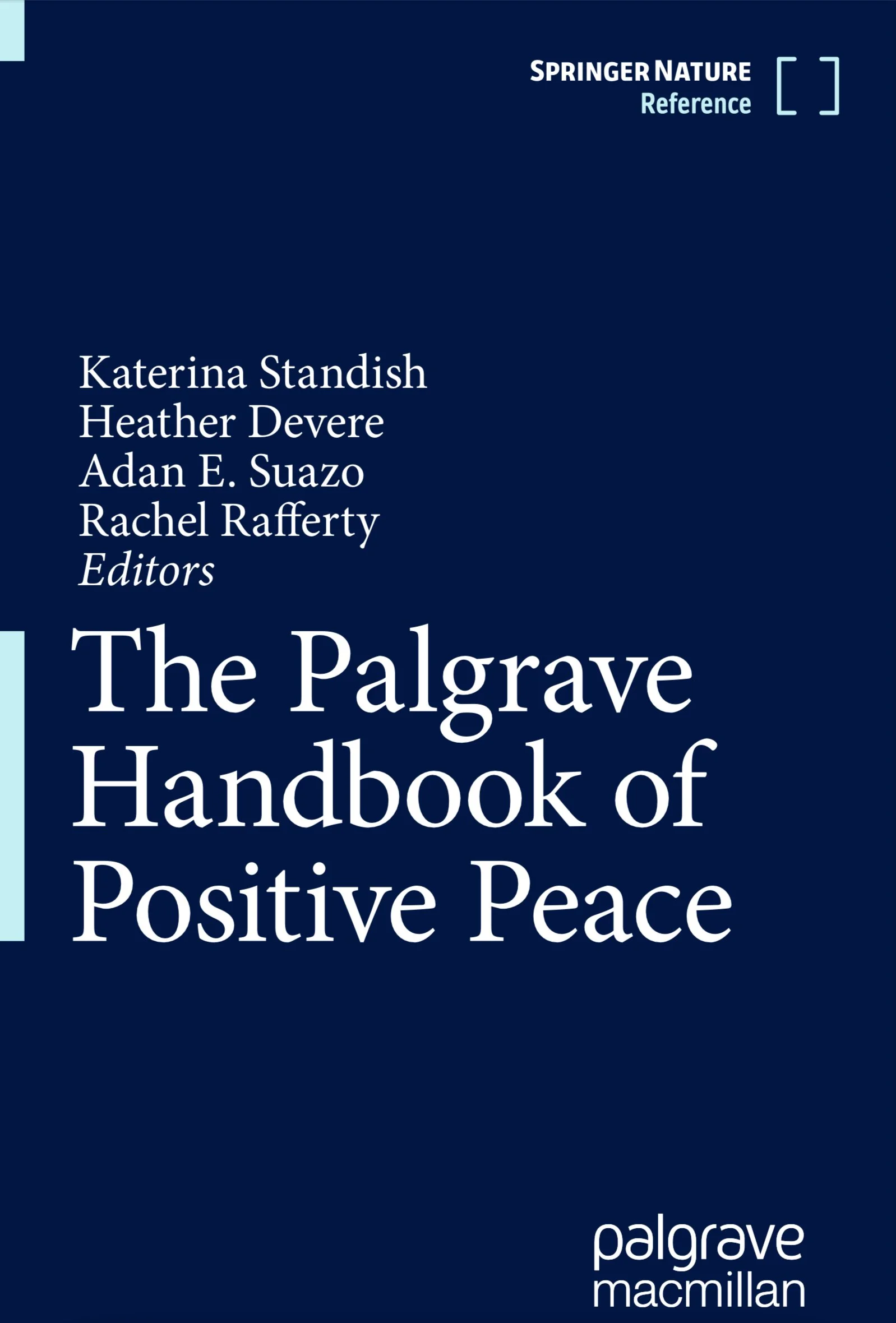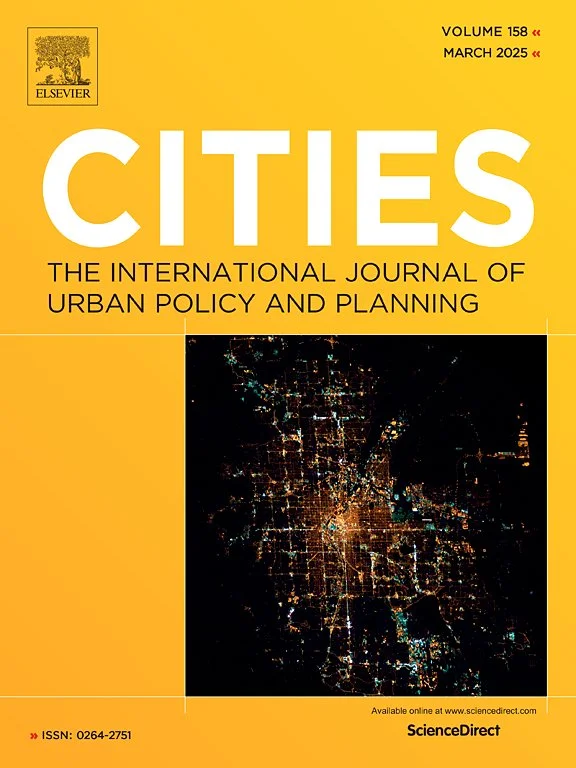Understanding Peace
As with any field of study, there is a deep well of knowledge within Peace and Conflict Studies in the processes of de-escalation, conflict intervention, reconciliation, connection, trust-building, and cultures of peace. One of our founders happens to have a PhD in Peace, with an expertise in infrastructures and cultures of peace to guide us along.
Below are a few resources for the community rabbit hole. These readings are for those who are either new to Peace and Conflict Studies, and/or who are interested in ways to build peace at home in their own community.
the peace center
what is peace?
positive peace
Peace is so much more than the mere absence of violence or war. Peace, or positive peace, is based in our systems. It is the nature of our relationships across society and geography. Peace is structural. It is cultural. It is the how and the why of our interactions.
One way to understand the interconnected nature of peace is to think of a forest, or maybe even a smaller grove of trees. In order for this microsystem to be healthy, tens of thousands of factors contained within the interactions of the flora and fauna need to be in balance. These are deep relationships evolved over time between the trees, the mushrooms, the fungal networks, and the birds and other crawling creatures. Each of these alone can impact how well the ecosystem fares one way or another. When one factor triggers a negative effect, this can activate another negative effect within the relationships of the ecosystem. When left unchecked, or imbalanced, this can lead to further negative cascades and potentially the failure, or death, of the ecosystem.
We are the same. Our relationships matter. As a society we haven’t really invested in the relationships required for peace. On the contrary, we have consistently invested in systems of violence and imbalance, leading us to our current set of negative cascades: othering, de-humanization, polarization, and war. These are each a result of thousands of interactions within sets of relationships.
Gratefully, on the other hand, when these relationships are respected and nurtured, the results can lead to a healthy ecosystem. The result can be positive peace.
Nurturing infrastructures and cultures of peace takes time. And there is no quick fix. But now is the time to start. It’s time to heal and reconnect in balanced relationships and cultures of positive peace.
some references
Infrastructures and Cultures of Peace
Spatial Peace
Connectivity, Access to Nature, and Positive Peace
(under peer review)





